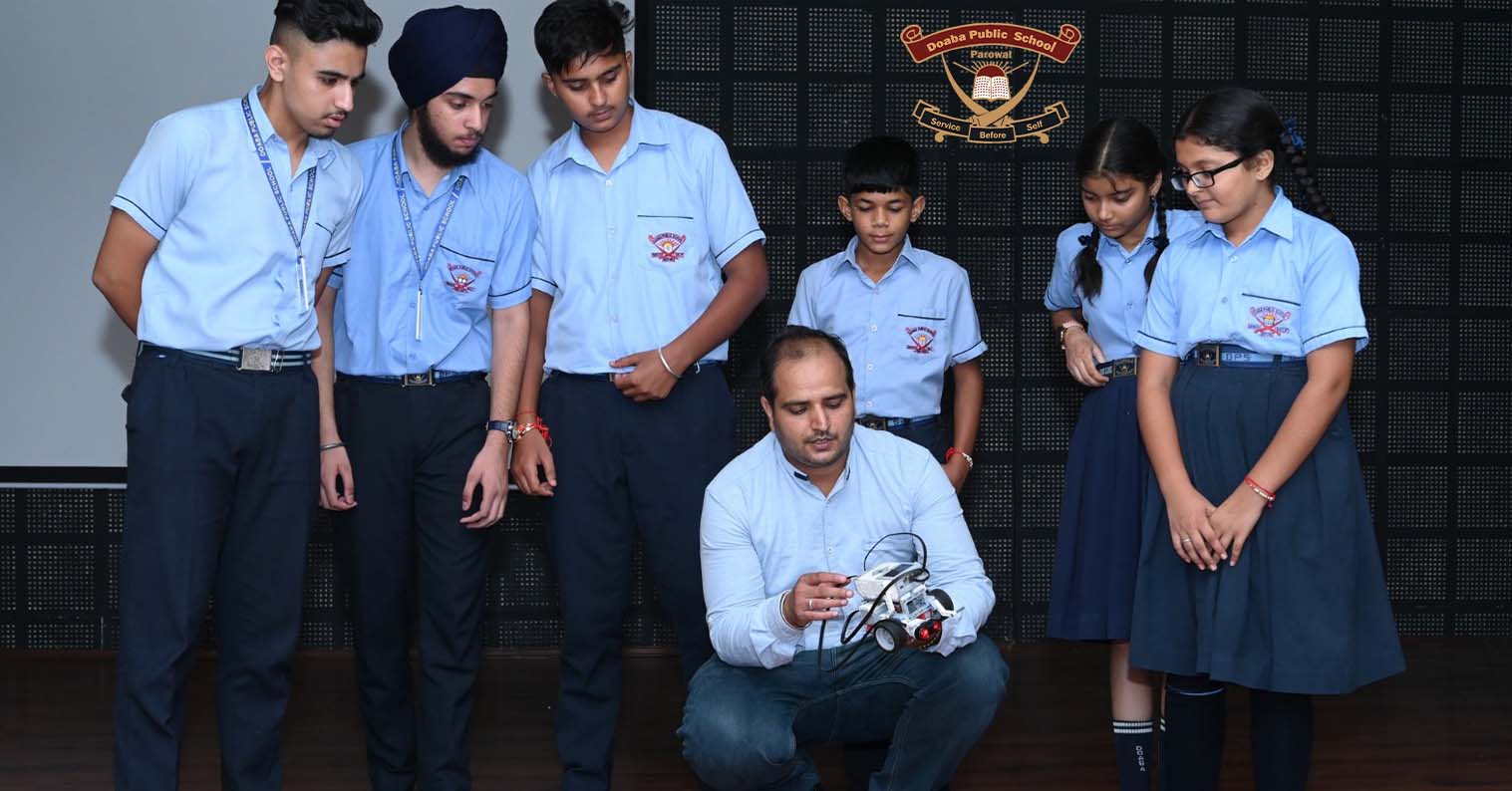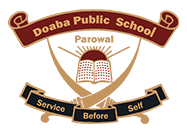
22 May Integrating Technology in Learning: Tools and Tips
Reading Time: 18 minutesAt Doaba Public School, Parowal, a leading CBSE school in Garhshankar, we recognise the pivotal role technology plays in shaping the future of education. By seamlessly integrating technology into our learning ecosystem, we empower students to thrive in a rapidly evolving digital landscape. Our cutting-edge infrastructure, including smart classrooms and interactive learning platforms, enables personalised learning experiences, fosters deeper engagement, and cultivates critical thinking and problem-solving skills. Through tech-enabled teaching strategies, we nurture future-ready learners with strong digital literacy, innovative thinking, and the ability to adapt to new challenges. By harnessing the potential of technology, we prepare our students to excel in an increasingly interconnected and technology-driven world.
Why Technology Matters in Modern Education
The integration of technology in education is no longer optional—it’s essential. It empowers both students and teachers by:
● Making learning interactive and engaging
● Providing access to vast educational resources
● Supporting diverse learning styles and needs
● Improving collaboration and communication
● Fostering independent and lifelong learning
Key Tools Enhancing Learning at Doaba Public School, Parowal
At Doaba Public School, Parowal — widely recognised as the Best School in Hoshiarpur — we integrate technology into everyday learning to make education more dynamic, engaging, and future-focused. Here are some of the key tools transforming our classrooms:
1. Smart Classrooms
Our digitally-equipped classrooms feature smart boards, projectors, and multimedia content that bring lessons to life. Through visual aids, simulations, and videos, students grasp concepts more clearly, making learning both enjoyable and impactful.
2. Learning Management Systems (LMS)
We utilise platforms like Google Classroom and Microsoft Teams to streamline communication, assignments, and feedback. These systems help create a more organised, accessible, and student-centric learning experience, in and beyond the classroom.
3. Educational Apps and E-Resources
Subject-specific tools such as Byju’s, and NCERT eBooks empower students to learn at their own pace. With interactive exercises and self-assessment quizzes, these resources support deeper understanding and independent learning.
4. Coding and Robotics
To keep students future-ready, we integrate basic coding, robotics, and STEM-based activities. These programs develop problem-solving skills, logical thinking, and creativity.
5. Virtual Labs and Simulations
Virtual science labs and interactive simulations allow students to experiment and explore complex topics safely and in more detail, especially valuable for subjects like Physics, Chemistry, and Biology.
6. Online Assessments and Feedback Tools
Digital assessments provide instant feedback, helping both students and teachers track progress and identify areas that need improvement. Tools like Kahoot! and Quizizz make testing fun and engaging.
Tips for Effective Technology Integration
1. Balance is Key
Technology should enhance, not replace, traditional teaching. Blended learning approaches that combine digital tools with face-to-face instruction provide the best results.
2. Encourage Digital Responsibility
We teach students not just how to use technology, but how to use it wisely. Digital literacy, cyber safety, and responsible online behaviour are integral parts of our curriculum.
3. Provide Training for Teachers
Our faculty undergo regular training sessions to stay updated on the latest digital tools and teaching strategies, ensuring that technology is used purposefully and effectively.
4. Personalise the Learning Journey
Different learners have different needs. Adaptive learning platforms allow us to tailor content to each student’s pace and style, improving motivation and outcomes.
5. Involve Parents in the Process
Technology bridges the communication gap between school and home. Through school apps, SMS alerts, and online portals, parents stay informed and involved in their child’s academic journey.
Conclusion
At Doaba Public School, Parowal, we believe that integrating technology into education is not just about keeping up with the times—it’s about unlocking new possibilities for learning and growth.
By blending strong pedagogical practices with innovative digital tools, we empower our students with the skills they need to succeed in an increasingly tech-driven world.
As one of the progressive CBSE schools in Punjab, we are dedicated to nurturing 21st-century learners, curious, confident, and future-ready. With a focus on digital literacy, creativity, and critical thinking, we ensure that our students don’t just adapt to the future—they lead it.

Sorry, the comment form is closed at this time.